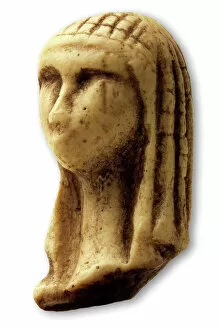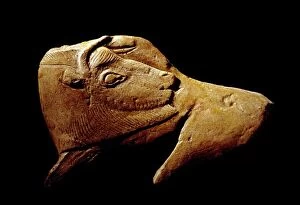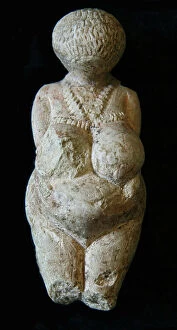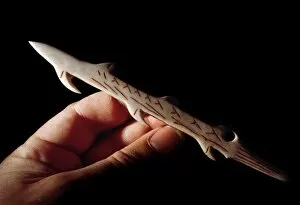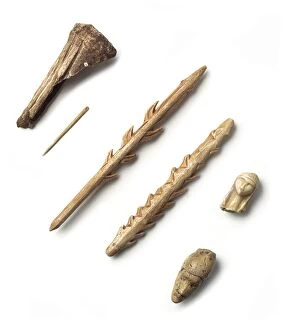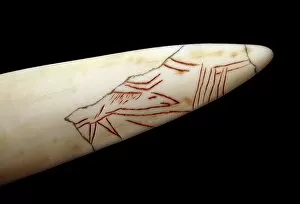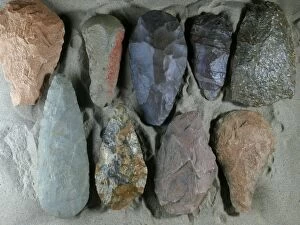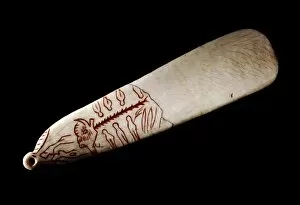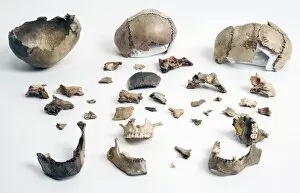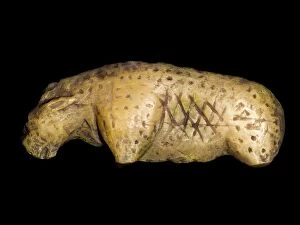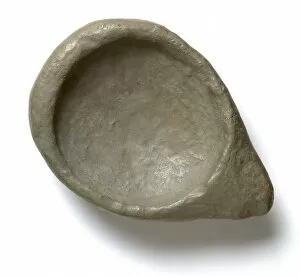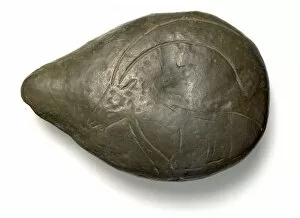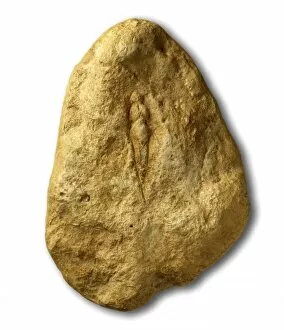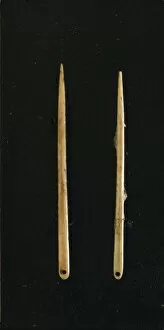Upper Palaeolithic Collection
The Upper Palaeolithic period, a fascinating era of human history, is known for its remarkable artistic expressions and innovative tools
All Professionally Made to Order for Quick Shipping
The Upper Palaeolithic period, a fascinating era of human history, is known for its remarkable artistic expressions and innovative tools. One iconic representation from this time is the Venus of Brassempouy, a small ivory figurine discovered in France. This delicate carving showcases the intricate craftsmanship of our Stone Age ancestors. Another renowned artifact from this period is the Venus of Willendorf, an ancient stone figurine representing fertility and abundance. Its exaggerated features emphasize the importance placed on reproduction during that time. In addition to these figurines, cave paintings provide valuable insights into Upper Palaeolithic life. The Altamira cave painting in Spain beautifully depicts a bison with vibrant colors and meticulous details. These masterpieces serve as windows into the past, allowing us to glimpse how our ancestors perceived their environment. Tools played a crucial role in survival during this era. The Magdalenian culture left behind various artifacts such as bullroarers and harpoons made from stone. These tools demonstrate their ingenuity and resourcefulness in hunting and gathering food. Carved animals also hold significance within Upper Palaeolithic artistry. A prehistoric carved horse found in Vogelherd Cave exhibits exceptional skill and attention to detail by its creator. Similarly, a carved bird discovered in Hohle Fels cave showcases early attempts at replicating nature's beauty through art. Ivory and bone tools were vital for daily activities during this time period. Examples include needles or awls used for sewing clothing or creating intricate designs on objects—an indication of advanced craftsmanship achieved by our Stone Age predecessors. Lastly, we cannot overlook the captivating Magdalenian bone disc—a circular object adorned with engravings—symbolizing both artistic expression and potential ceremonial purposes.


